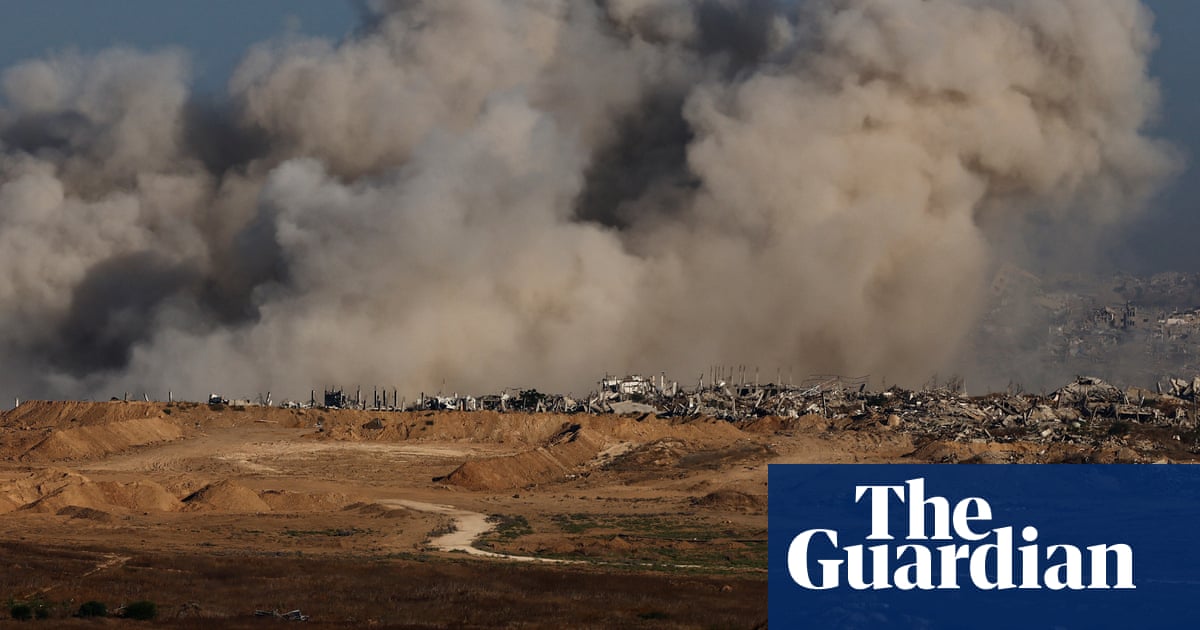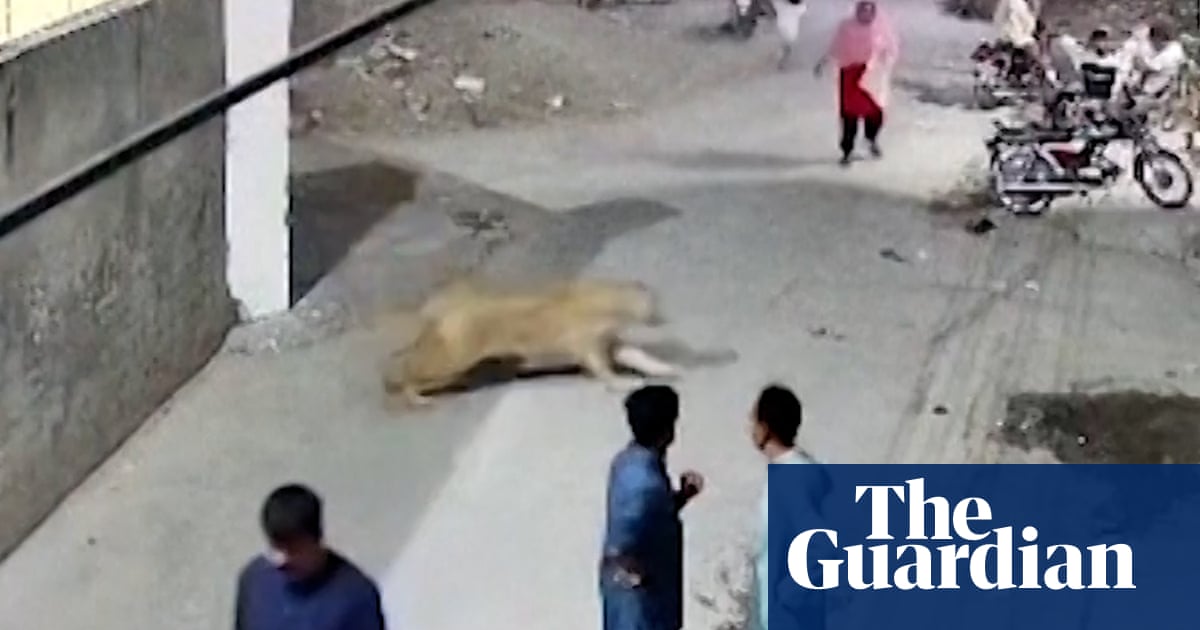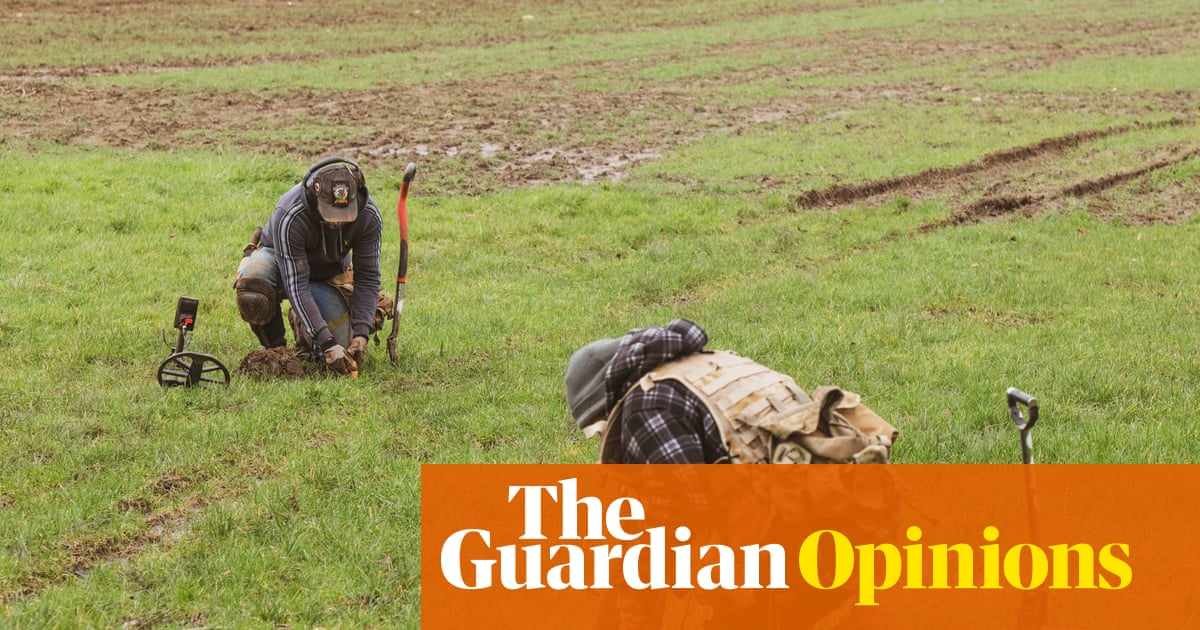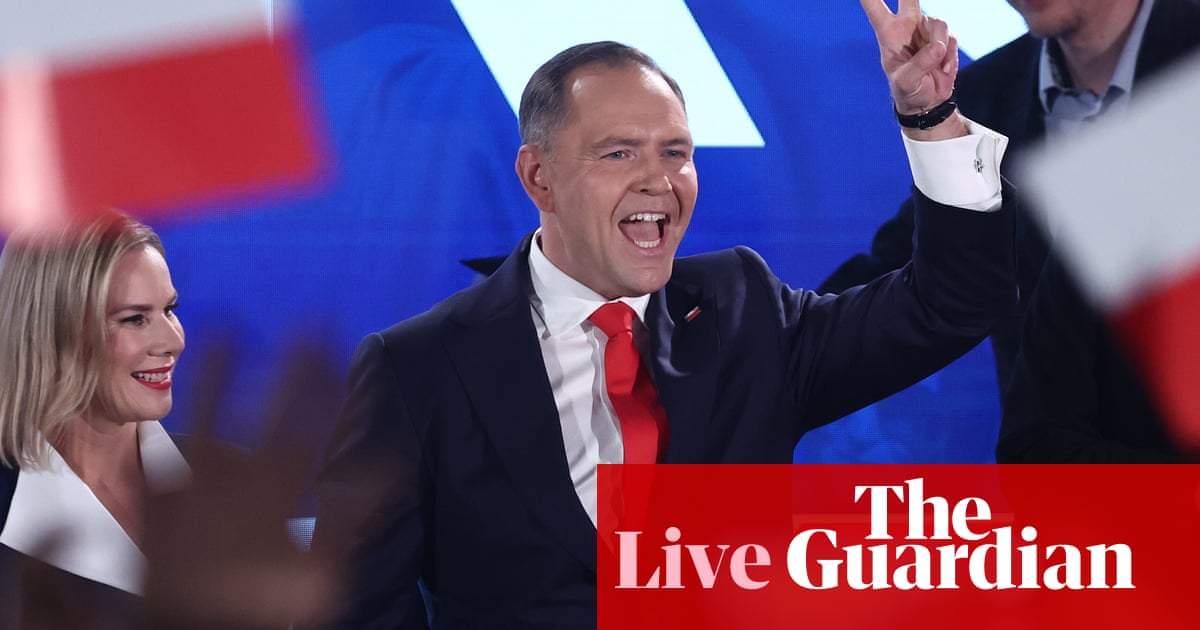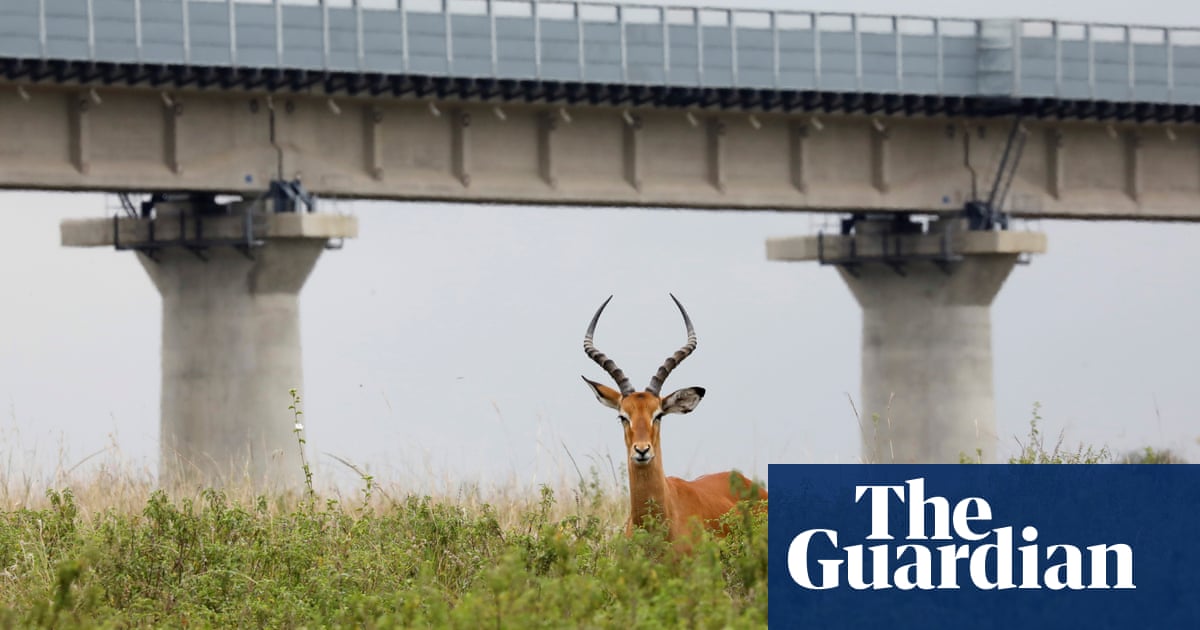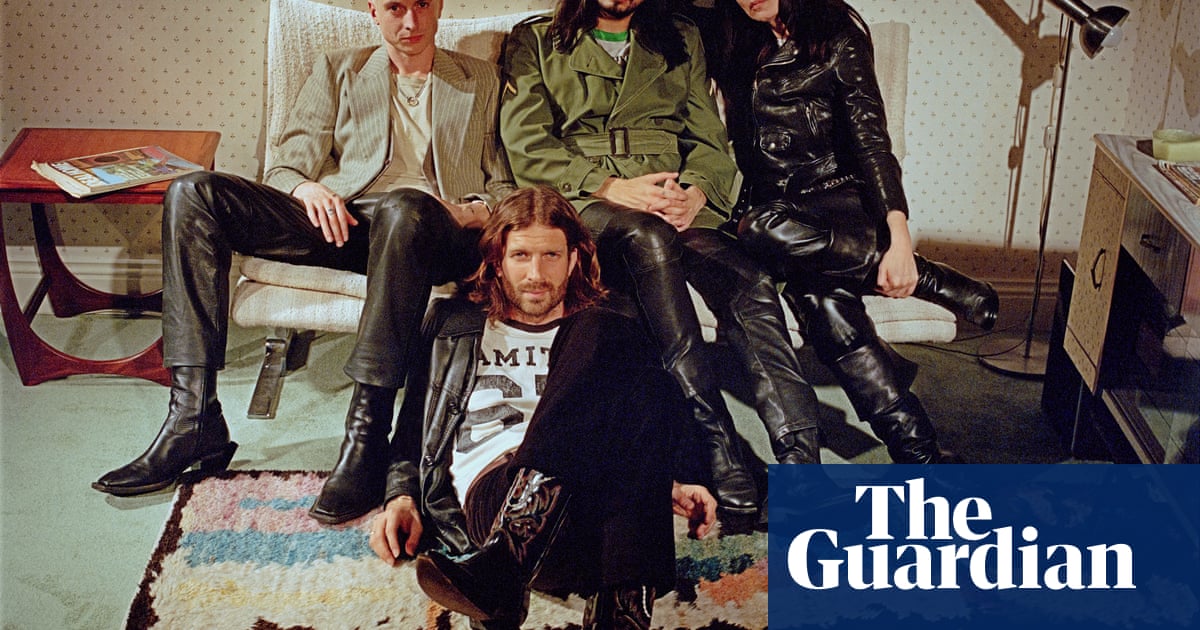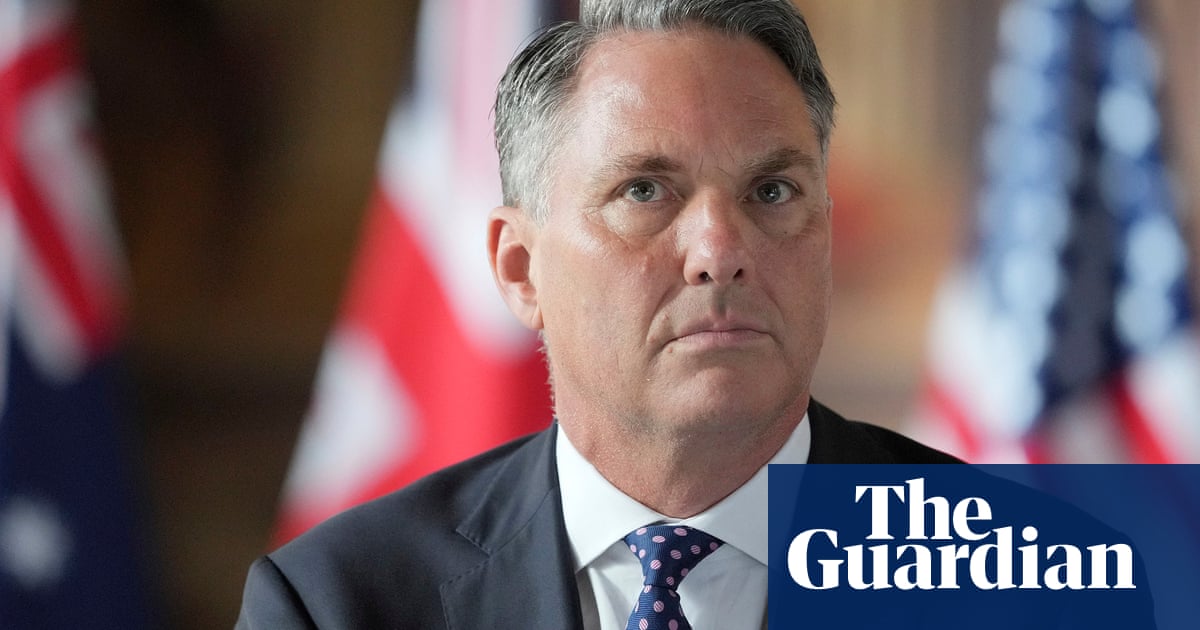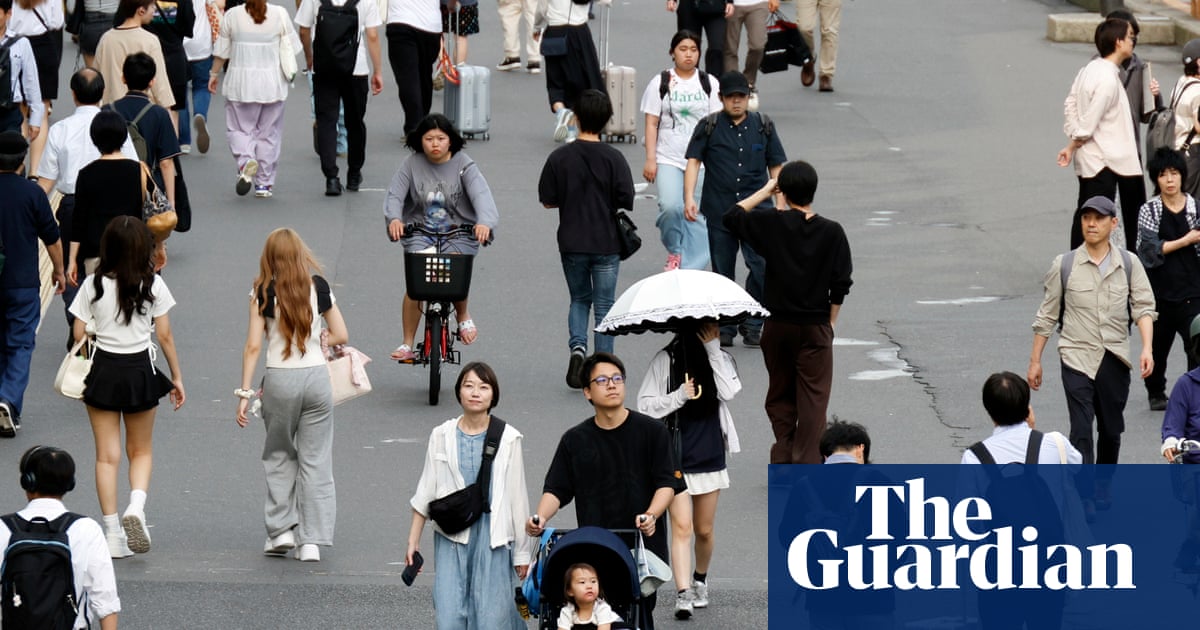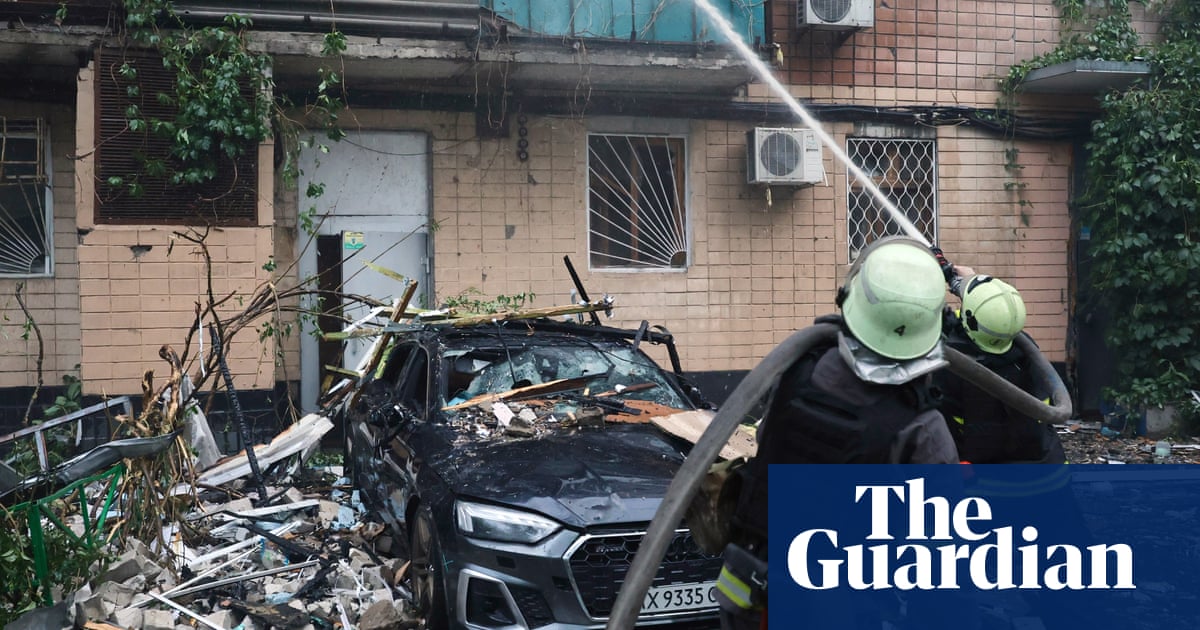It would be unsafe for Russia to restart the occupied Zaporizhzhia nuclear plant and would take Ukraine up to two years in peacetime if it regained control, the chief executive of the company that runs the vast six-reactor site has said.
Petro Kotin, chief executive of Energoatom, said in an interview there were “major problems” to overcome – including insufficient cooling water, personnel and incoming electricity supply – before it could start generating power again safely.
The future of the Zaporizhzhia plant, Europe’s largest nuclear reactor, is a significant aspect of any negotiations to end the war in Ukraine. Seized by Russia in spring 2022 and shut down for safety reasons a few months later, it remains on the frontline of the conflict, close to the Dnipro River.
Russia has said it intends to retain the site and switch it back on, without being specific as to when. Alexey Likhachev, head of Russian nuclear operator Rosatom, said in February it would be restarted when “military and political conditions allow”.
Meanwhile, Donald Trump has expressed an interest in taking control of it, though this possibility is considered very remote.
Kotin said Energoatom was prepared to restart the plant but it would require Russian forces to be removed and the site to be de-mined and demilitarised.
He said such a restart by Ukraine would take anywhere “from two months to two years” in an environment “without any threats from militaries”, while a Russian restart during wartime “would be impossible, even for one unit [reactor]”.
Kotin said the six reactors could only be brought online after the completion of 27 safety programmes agreed with Ukraine’s nuclear regulator, including testing the nuclear fuel in the reactor cores because it had exceeded a six-year “design term”.
That raises questions about whether Russia could restart the plant after a ceasefire without incurring significant risk. The plant was already unsafe, Kotin said, given that it was being used as “a military base with military vehicles present” and there were “probably some weapons and blasting materials” present as well.
Russia has acknowledged that it has placed mines between the inner and outer perimeters of the plant “to deter potential Ukrainian saboteurs” while inspectors from the IAEA nuclear watchdog have reported that armed troops and military personnel are present at the site.
Last month, the US Department of Energy said the Zaporizhzhia plant was being operated by an “inadequate and insufficently trained cadre of workers”, with staffing levels at less than a third of prewar levels.
The US briefing said Ukrainian reactors, though originally of the Soviet VVER design, had “evolved differently” from their Russian counterparts and “particularly the safety systems”. Russian-trained specialists acting as replacements for Ukrainian staff were “inexperienced” in operating the Ukrainian variants, it said.
Kotin said an attempt to restart the plant by Russia would almost certainly not be accepted or supported by Ukraine. It would require the reconnection of three additional 750kV high-voltage lines to come into the plant, he said.
A nuclear reactor requires a significant amount of power for day-to-day operation, and three of the four high-voltage lines came from territories now under Russian occupation. “They themselves destroyed the lines,” Kotin said, only for Russia to discover engineers could not rebuild them as the war continued, he added.
Only two lines remain to maintain the site in cold shutdown, a 750kV line coming from Ukraine, and a further 330kV line – though on eight separate occasions shelling disrupted their supply of energy, forcing the plant to rely on backup generators.
Experts say a pumping station has to be constructed at the site, because there is insufficient cooling water available. The June 2023 destruction by Russian soldiers of the Nova Kakhova dam downstream eliminated the easy supply of necessary water from the Dnipro river.
Two civilians were reportedly killed by Russian missile attacks on Sunday, including one in a ballistic missile strike in an eastern district of Kyiv; while Russia said it captured a border village near Sumy in north-east Ukraine.
Volodymyr Zelenskyy said Russia had launched more than 1,460 guided aerial bombs, nearly 670 attack drones, and more than 30 missiles over the past week. The Ukrainian president said: “The number of air attacks is increasing.”
US-brokered ceasefire talks have only achieved limited results thus far. Both sides agreed to stop attacking energy targets, though each accuses the other of violations; while a maritime ceasefire agreed to by Ukraine has not been accepted by Russia.
A Russian official involved in the negotiations said on Sunday that diplomatic contacts between Russia and the US could come again as early as next week.

.png) 2 months ago
58
2 months ago
58









